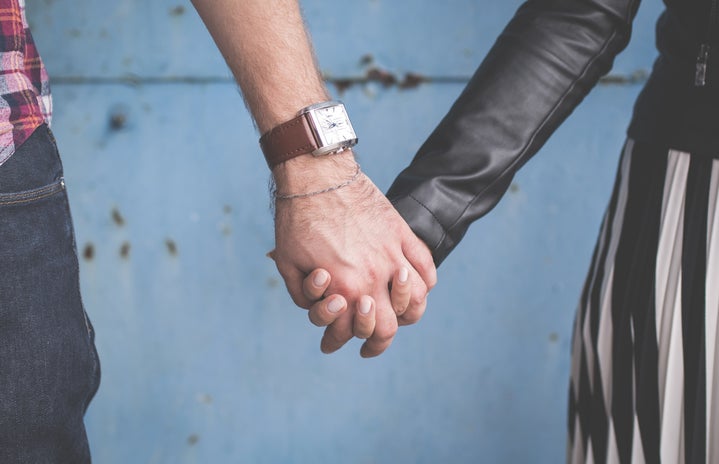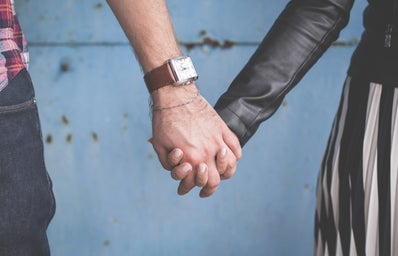Growing up I never saw myself as “different”. My mom was your average white stay at home mom. I grew up in a small, relatively white town, and I never saw myself as different. Then I started working at the age of 16 at the local Hallmark shop, still, I never felt different, the majority of my coworkers were “mixed”. At 18 I started working at the local outlet mall, that is where race and ethnicity became apparent, up until then, it had never really been an issue or a concern of mine. I had been raised to believe that if I set my mind to a goal, I would achieve it, no questions asked. Race was never a barrier for me.
Then I went to college, still thinking nothing of it, I would just sit down in class like everyone else, but college is where I have been asked more times than anywhere else, what my ethnicity is. And it is a funny question because people don’t think anything of it when asking me, but I sometimes take it personally. To me it is something I will share if I want to, but asking me my ethnicity is not a conversation starter in my book. I even find it offensive when people just flat out ask me my ethnicity in the same breath that they ask me my name.
But this isn’t supposed to be me ranting about the PC (politically correct) way to ask someone their ethnicity.
Recently I went to the SeattleXTed Talks where I got to hear AMAZING speakers talk about “ideas worth spreading”. One speaker that stuck with me was Karen Okonkwo, co-founder of TONL, a diverse stock photo website. She herself being a proud strong African American Women, shared her experiences of being in college in a sorority and realizing that all the photos online of her sorority and of other sororities were of white college students, there was no variety, no diversity. As she shared screenshots of web browsers where she searched “general” ideas like, couples, boss, and CEO, an overwhelming number of white heterosexual couples, along with pictures of clean-cut heterosexual white men in suits flooded the screen. She explained that to find a “diverse” image she had to make her search very specific, and even then she got a lot of stereotypical images, nothing that represented today’s melting pot.
Her talk got me thinking about what I am surrounded by and I realized that even when I am trying to find images for the articles I write for HerCampus, the majority of images on Google are NOT ethnically diverse. This was like a slap in the face realization because I am “mixed”, half white and half Taiwanese, and my boyfriend is Hispanic. You don’t get much more ethnic than us! And yet we are not represented at all in stock images let alone social media or tv/movies.
It is a known fact that anyone of any race other than white is considered the “token”. As in, that one person that makes the rest of the group look “diverse”, that way there is no heat for having an all-white group. For example, the token Hispanic, Asian, Indian or Black on a team, at a school, at a job, etc. Any application that you fill out asks you your ethnicity because they need to prove they are diverse. So why is it that we are not represented at all on images online. Sorry, Token Not Found.
After Karen’s talk, I realized just how big this issue really is. I was privileged to grow up not noticing race, and not being affected by images, but not everyone is that lucky. Anyone who immigrated to America is left out of the picture, literally!


